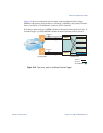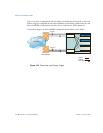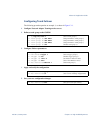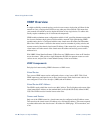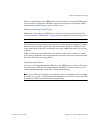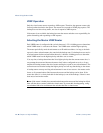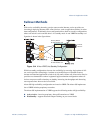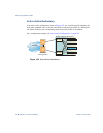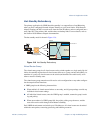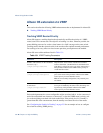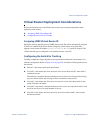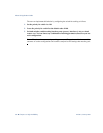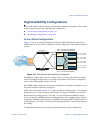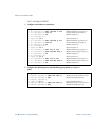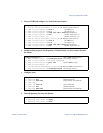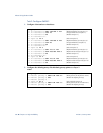
Alteon OS Application Guide
Chapter 13: High Availability
22942C4911, January 2007
Hot-Standby Redundancy
The primary application for VRRP-based hot-standby is to support Server Load Balancing
when you have configured Network Adapter Teaming on your server blades. With Network
Adapter Teaming, the NICs on each server share the same IP address, and are configured into a
team. One NIC is the primary link, and the others are backup links. For more details, refer to
the NetXen 10 Gb Ethernet Adapter documentation.
The hot-standby model is shown in Figure 13-6.
Figure 13-6 Hot-Standby Redundancy
Virtual Router Group
The virtual router group ties all virtual routers on the switch together as a single entity. By def-
inition, hot-standby requires that all virtual routers failover as a group, and not individually. As
members of a group, all virtual routers on the switch (and therefore the switch itself), are in
either a master or standby state.
The virtual router group cannot be used for active-active configurations or any other configura-
tion that require shared interfaces.
A VRRP group has the following characteristics:
When enabled, all virtual routers behave as one entity, and all group settings override any
individual virtual router settings.
All individual virtual routers, once the VRRP group is enabled, assume the group’s track-
ing and priority.
When one member of a VRRP group fails, the priority of the group decreases, and the
state of the entire switch changes from Master to Standby.
Each VRRP advertisement can include up to 128 addresses. All virtual routers are advertised
within the same packet, conserving processing and buffering resources.
Enterprise
Routing Switch
Active
Standby
Interswitch
Link
10.10.10
.1
10.10.10
.2
GbESM 1
GbESM 2



